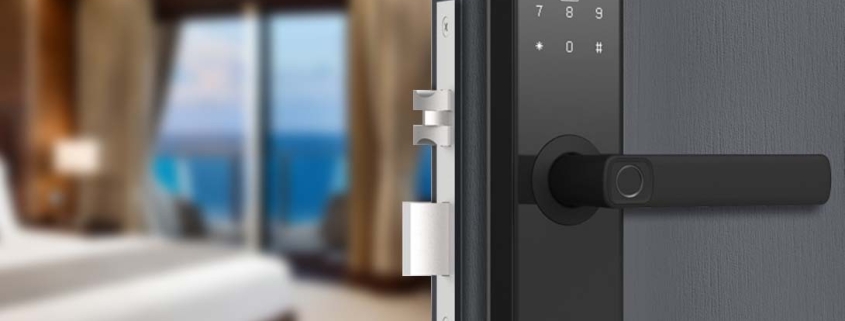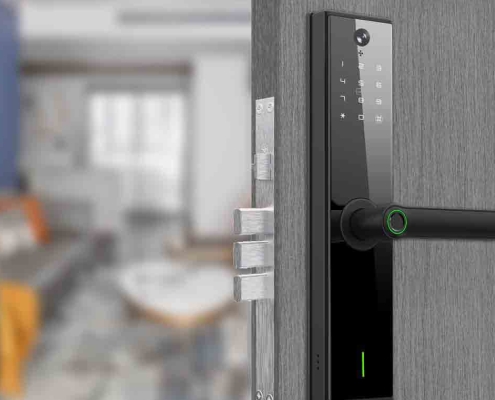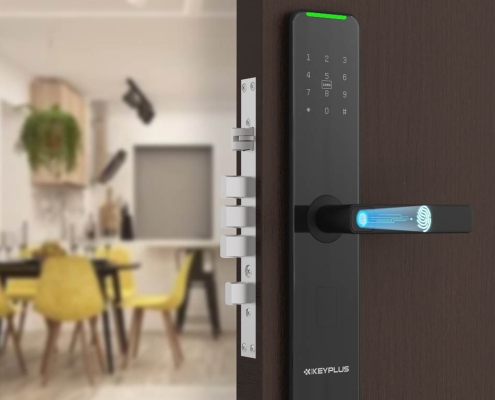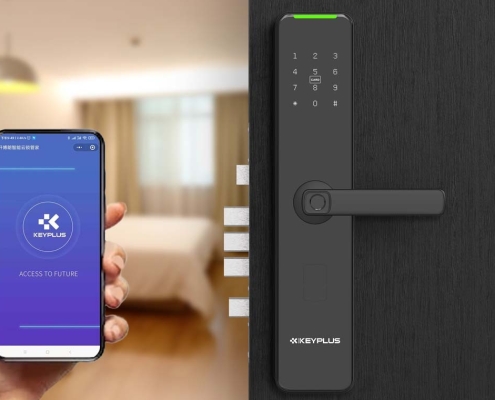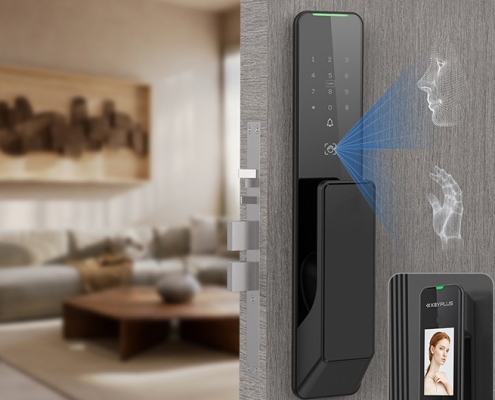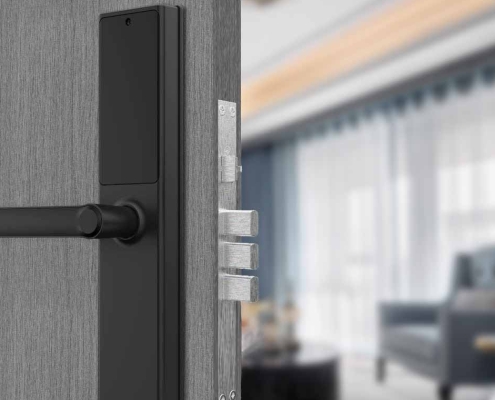How safe are Wi-Fi smart locks?
In the age of smart homes, Wi-Fi-enabled smart locks promise unparalleled convenience: remote access from anywhere in the world, seamless integration with voice assistants, and real-time notifications about who enters your home. Yet beneath this convenience lies a troubling question: How secure is your front door when it’s connected to the internet? As cybersecurity threats evolve, understanding the true safety of Wi-Fi smart locks becomes critical for every homeowner.
The Convenience-Risk Trade-Off
Unlike traditional locks or Bluetooth-enabled alternatives, Wi-Fi smart locks operate by connecting directly to your home network. This enables their standout features:
-
Global remote control via smartphone apps
-
Instant activity alerts
-
Compatibility with ecosystems like Alexa or Google Home
However, this constant internet connection exposes them to risks that offline devices avoid. Your lock is only as secure as your Wi-Fi network—and research shows most home networks are alarmingly vulnerable. Studies indicate ≈66% of Wi-Fi networks exhibit security flaws, with ≈33% containing high-risk vulnerabilities2. For a device guarding your physical safety, these statistics should give pause.
The Underlying Vulnerabilities
1. Protocol-Level Flaws in Wi-Fi Itself
Wi-Fi’s foundational protocols have harbored critical flaws for over 24 years. Dubbed “fragattacks” (fragmentation and aggregation attacks), these vulnerabilities allow hackers to:
-
Inject malicious data packets into protected networks
-
Bypass firewalls to access devices on local networks
-
Clone your Wi-Fi network to steal credentials via fake authentication portals4
Even devices using WPA3 encryption—the latest security standard—remain exposed. Since these weaknesses exist at the protocol level, no smart lock manufacturer can fully patch them.
2. The “Polite Wi-Fi” Backdoor
A startling loophole unrelated to passwords enables “non-contact” invasions. Researchers demonstrated how a drone-mounted device (Wi-Peep) exploits the fact that Wi-Fi devices automatically respond to connection requests—even on password-protected networks. Within seconds, this $20 tool can:
-
Map all Wi-Fi devices behind walls
-
Identify security cameras, laptops, or smart locks
-
Give burglars intelligence about home layouts and security gaps6
3. Weak Encryption and Configuration Blunders
Most household breaches trace back to human oversight:
-
Default router passwords like “admin/admin” are unchanged in ≈80% of homes5, letting attackers hijack networks via published algorithms.
-
Outdated WEP/WPA encryption (still used in older routers) can be cracked in minutes3.
-
WPS/QSS pairing features create backdoors—brute-forcing an 8-digit PIN is trivial for hackers3.
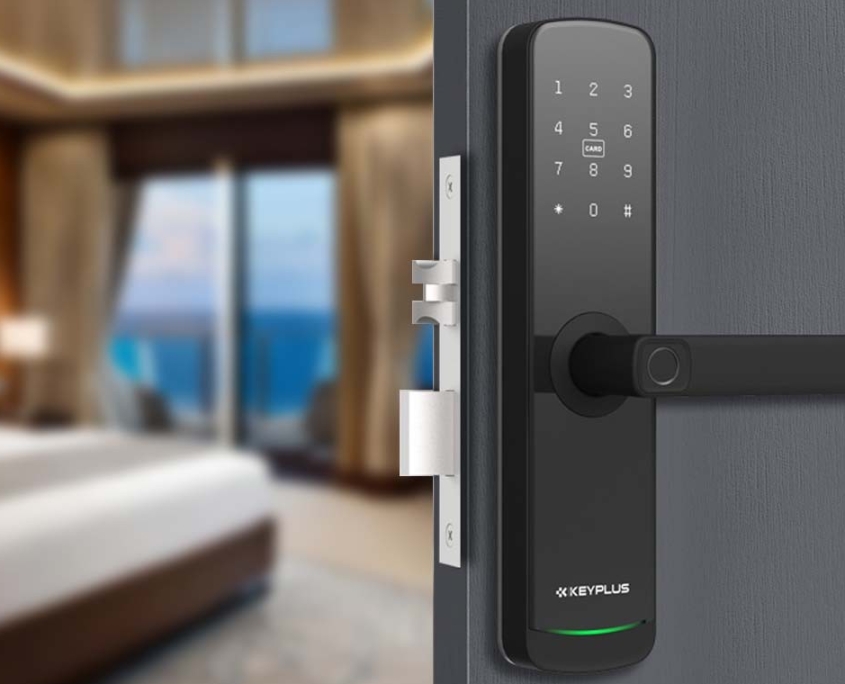
Mitigation Strategies: Securing Your Digital Entryway
While zero risk doesn’t exist, these measures significantly harden your defenses:
-
Encrypt Like a Pro:
Mandate WPA2-AES or WPA3 encryption on your router. Avoid TKIP-based systems, which use crackable RC4 algorithms35. Set passwords with 12+ characters mixing cases, numbers, and symbols—and change them quarterly. -
Neutralize Router Weak Points:
Disable WPS/QSS entirely3. Change default router admin credentials immediately—manufacturer defaults are public knowledge7. Conceal your SSID to avoid broadcasting device brands (a target for algorithm-based attacks)5. -
Segment Your Network:
Place smart locks on a separate IoT VLAN, isolating them from primary devices (laptops, phones). If hackers breach the lock, they hit a dead end. -
Leverage Physical Safeguards:
Use smart locks with manual override keys or backup Bluetooth. During travel, disable remote access. Schedule automated router reboots to clear potential malware.
Beyond Technology: The Human Factor
Technical flaws are only half the battle. User habits dictate real-world safety:
-
60% of users never update router firmware—missing critical patches5.
-
Temporary digital keys (“virtual passes”) for cleaners or guests are often overlooked and never revoked.
-
Reused passwords across devices turn one breach into a systemic failure.
Regular audits (checking connected devices, updating firmware, pruning access rights) matter more than any single security feature.
The Verdict
Wi-Fi smart locks deliver futuristic convenience but carry inherent risks rooted in Wi-Fi’s fragile infrastructure. While Bluetooth locks offer better battery life and reduced attack surfaces, their lack of remote control is a dealbreaker for many. If opting for Wi-Fi:
Prioritize network security over lock features.
A $300 lock on a poorly secured network is less secure than a $100 lock on a hardened one.
Until manufacturers design locks with embedded firewalls or zero-trust architectures, your vigilance remains the ultimate guardian. In the smart home era, security starts not at the deadbolt—but at the router.

